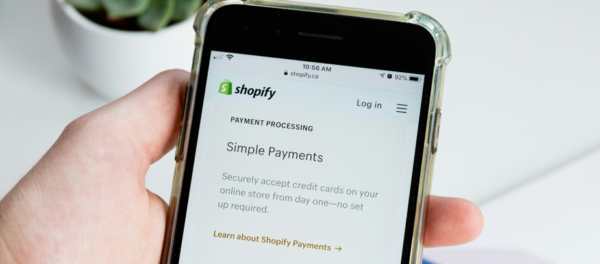Is it possible to launch a new product using just PPC?
Pay-per-click advertising (PPC) can be seen as the perfect way to push a new product out to market quickly. After all, it’s possible to reach vast numbers of people, using very specific targeting, in just a matter of hours.
But can you expand your audience and launch a product by only doing PPC? Well, the answer is yes…. and no. Here we’ll go through some of the key things to consider if you plan to use PPC as your primary route to market.
Overzealous timescales
So, you’ve got your new product page set up on site, the wording is finally to all stakeholders’ liking, and stock is in the warehouse ready to be shipped. Now for the easy bit, right? Let’s get that product out in front of as many people as possible! Well… maybe just take a couple of steps back for a moment.
Yes, it’s possible to throw a few keywords into Google Ads, set up an advert and start seeing traffic hitting your website in about an hour. But, it’s missing out a few crucial elements to ensure this has the best chance of success. For example, what are you going to say in your advert that’ll make you stand out? Are you confident that your media budget is enough to sustain a decent share of the auction? What happens if someone adds the product to their basket but doesn’t checkout, are they lost forever? It’s easy to get caught up in the excitement of being in a position to launch your advertising, but you need to set aside a reasonable amount of time to do your research and make some calculations before spending a penny.
Seeing things from the customer’s point of view
You may have a great product, but that doesn’t mean your marketing endeavours will automatically be successful. As was the case with Microsoft Zune (and if you’re asking, what’s that – well, exactly), timing can be everything, as can positioning. You need to really get inside your customer’s minds when they are seeing your adverts for the first time. Below are a few things to consider:
- Who are your actual competitors online, and what are their USPs?
These may not be who you think they are, and not who the customer physically sees you appearing next to. You can’t control who advertises in your chosen space, and targeting can be poor at times, so users have to make snap decisions on where they click and you need to help them with clear messaging
- How are you going to address the lack of customer reviews initially?
People rely heavily on other customer’s feedback when making purchases. If you’re launching a new product, it likely won’t have any reviews yet, so you need to consider how you address this with the end user. It may just be a case of ensuring your overall business rating is prominent on the new page, but you could also run a reward scheme for leaving reviews, such as a discount off the next purchase.
- Are you directing your adverts to the best place possible onsite?
This is really important. Users have come to expect the ‘Amazon experience’ online, and don’t want to go through page after page before reaching the main call to action. You also have to ensure the landing page connects well with the messaging on your advert, as this will help conversion rates.
Striking a balance between ROI and brand awareness
If you’re only going to use PPC to promote your new product, then you need to consider all the different stages that someone usually goes through before making a buying decision:
- Awareness
- Consideration
- Conversion
Having an advertising presence across all three simultaneously, particularly when launching something new, can be expensive. First, you need to consider whether you have the budget required to avoid spreading everything too thinly and having no impact at all.
You also need to be realistic about the initial results. Platforms like YouTube and Spotify are great for awareness, but your quickest wins may come from consideration campaigns like Google Search, or conversion driven remarketing activity. It’s all about splitting your budget as sensibly as possible to push through that initial optimisation period and create a sustainable revenue stream.
Spend some time working out what your ideal cost per acquisition (CPA) is for your new product, and then use tools such as the Google Keyword Planner to see how that stacks up against the likely cost per click of advertising. See below for an example:

In the example above, to reach an ideal CPA of £15, you would need a 13% conversion rate. A £2 cost per click on an ad spend of £5K would result in 2,500 clicks, and a 13% conversion rate on that would make 325 sales. £5K / 325 = £15. This process also helps you to see whether the conversion rate needed is realistic.
To make a PPC-only marketing campaign work, you need preparation time, patience with results initially, and the ability to be flexible. When you are consistently making a profit, that’s the time to start reinvesting into your campaigns, increasing budgets and growing your market share. You can then consider other potential touchpoints with your customers, for example through social, email marketing, digital PR and SEO.



